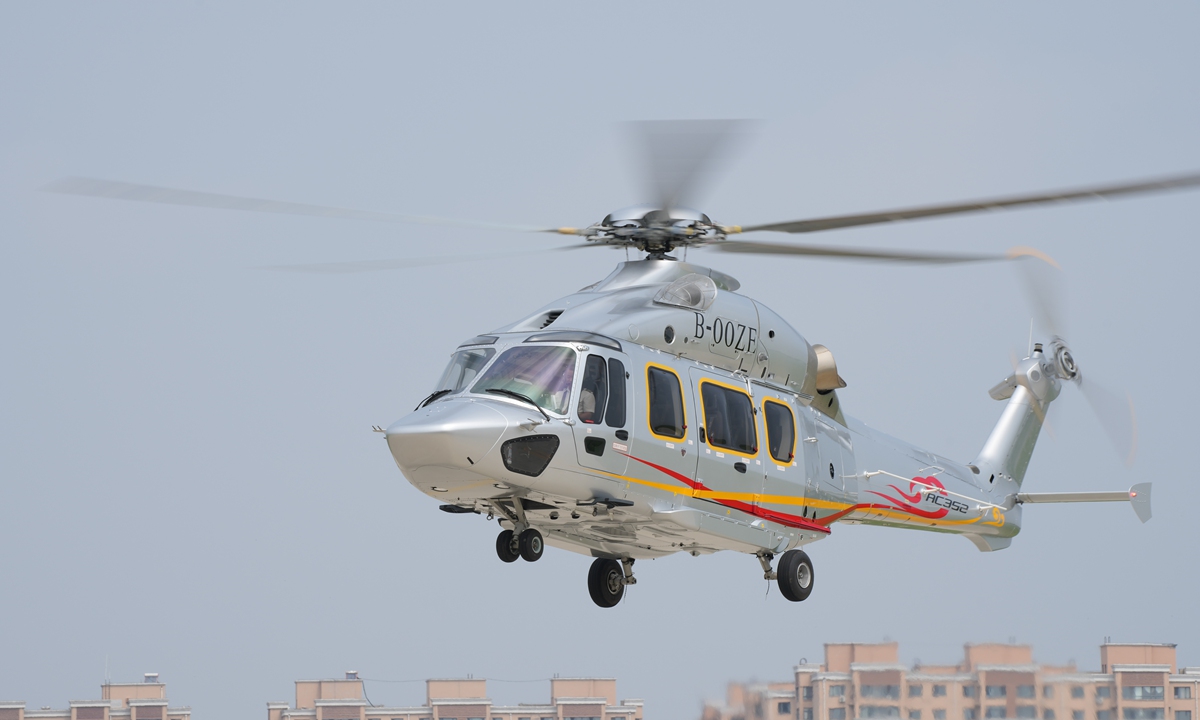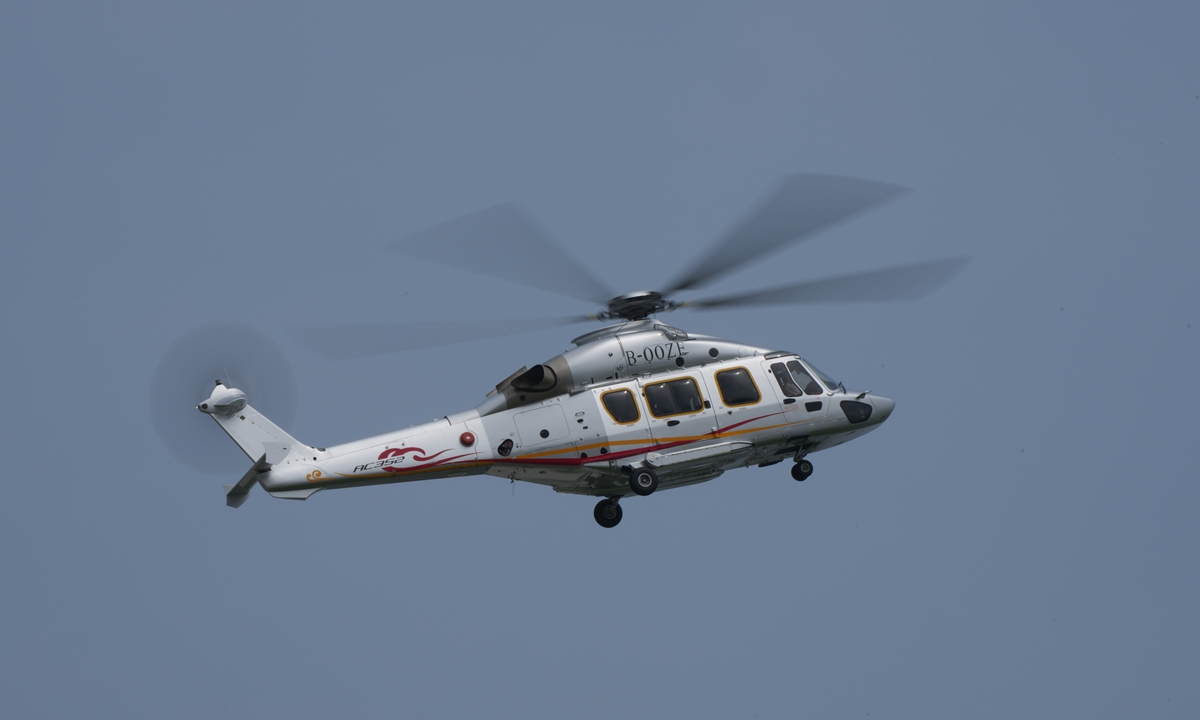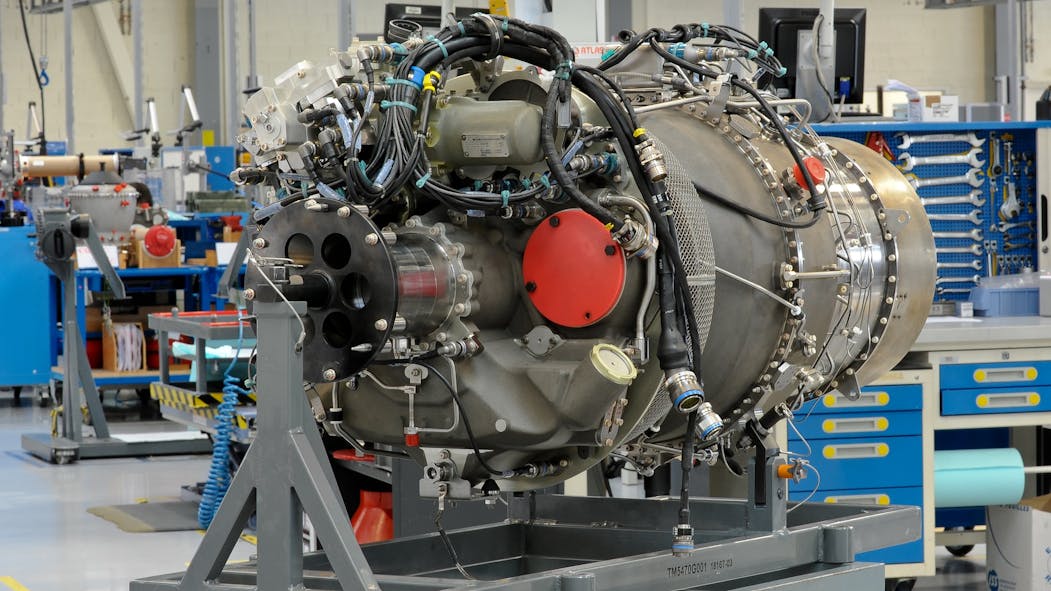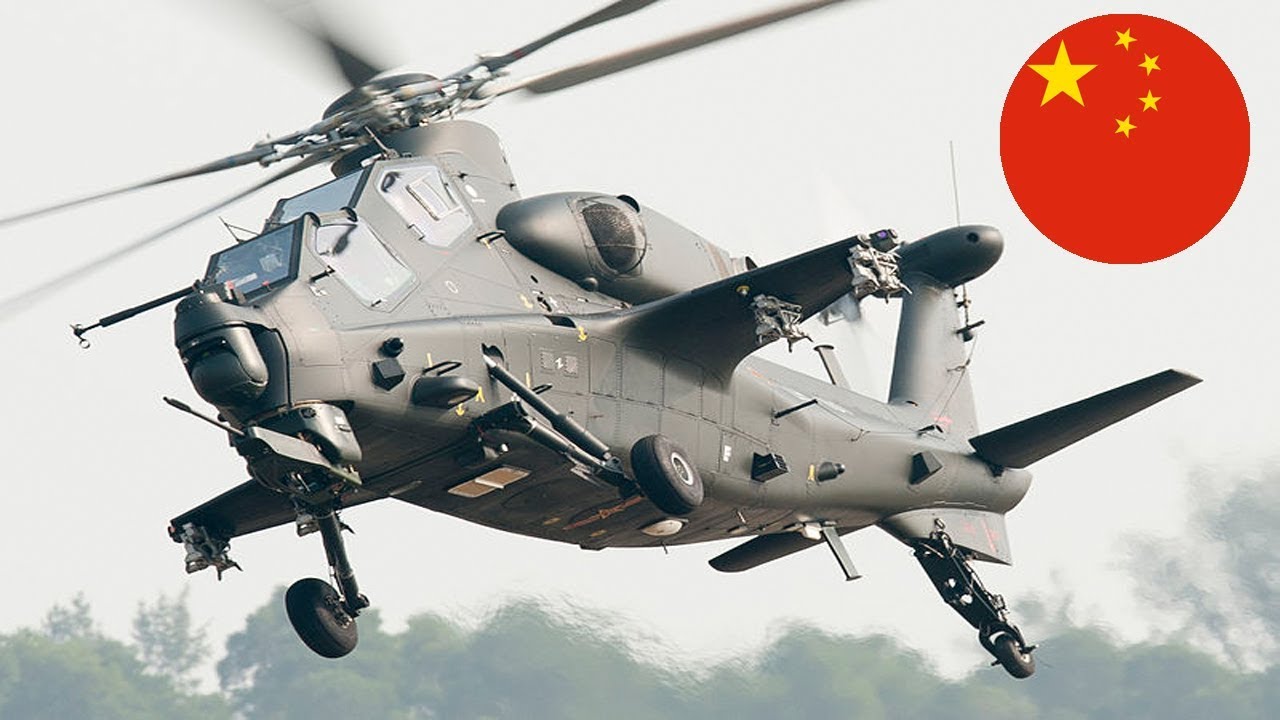China’s first advanced seven-ton class medium utility helicopter, the AC352, also known as Z-15, has been cleared for commercial operations by the Civil Aviation Administration of China (CAAC).
Warning To China? Taiwan Releases Terrifying Images Of Its ‘Secret Underground Tunnel’ With F-16 Vipers & Harpoon Missiles
‘World Is A Customer’ – Russia, UAE Keen To Acquire Bayraktar Drones; Bangladesh Signs Deal On Turkish UCAVs — Reports
The maker of the Z-15, the Aviation Industry Corp of China’s (AVIC’s) Harbin Aircraft Industry, received the approval certificate from the CAAC in a ceremony on July 26 in Harbin, the capital of China’s Heilongjiang province.
The approval certificate gives the green light to the AVIC for mass production and delivery of the helicopters to potential customers in the civilian market for a wide range of public services and businesses, following the successful completion of research and development and flight testing.
Operated by two pilots, the Z-15 can carry 16 passengers and can be used for tasks such as search and rescue, maritime drilling, personnel transport, medical assistance, and commercial flight.

Also, a variant for emergency rescue is reportedly under development. The mass production of the helicopter is expected to begin soon, with many buyers eagerly awaiting delivery, according to Liu Yongsheng, deputy head engineer at Harbin Aircraft Industry.
Liu said that the first batch of mass-produced Z-15s is scheduled to be assembled around the end of 2022 and will be delivered to a government user in 2024.
The Z-15 Utility Helicopter
Co-developed by the AVIC and the France-based Airbus Helicopter, the Z-15 first took to the skies in December 2016 in Harbin. The two companies equally contributed in terms of investments and shared the design and production responsibilities with two assembly lines, one in Harbin and the other in Marignane, France.
In 2005, the Harbin Aircraft Industry Group of the AVIC and Eurocopter Group, now known as Airbus Helicopter, signed a joint development and production agreement worth six billion Euros, as part of which both the companies agreed upon a 50% share of the total investment and workload.

The contract was signed on December 5, 2005, followed by completing the Preliminary Design Review in 2006 and Critical Design Review in 2007. Harbin Aircraft Industry has independent intellectual property rights.
According to the AVIC, Z-15 happens to be China’s first completely equal cooperation project with the West in the field of high-tech aviation.
The European model, designated as H175 by Airbus Helicopters, made its maiden flight in December 2009 in France and was certified in January 2014 by the European Aviation Safety Agency (EASA). Deliveries to buyers began in December 2014, according to the company.

Powered by two turboshaft engines, the helicopter has a maximum take-off weight of 7.5 tons and a maximum load carrying capacity of 3 tons. With a cruising speed of around 280 kilometers per hour, the aircraft can reportedly fly up to 850 km in a single flight.
The WZ-16 Engine Co-Developed With Safran
The engine used is the WZ-16 engine, jointly developed by the state-owned Aero Engine Corporation of China (AECC) and the French company Safran Helicopter Engines.
It is a new-generation turboshaft in the 1,500 to 2,000 shp power class, which reportedly offers a 10 % lower fuel consumption compared to other turboshaft engines in the same category.

“Safran Helicopter Engines is very proud to power the helicopter in cooperation with our engine partner AECC Dongan, and we all believe that with this certification, Z15 (AC352) will soon open the 7-ton medium civilian helicopter market in China in order to provide flight support for various types of operational needs, such as EMS, police, offshore search and rescue and other offshore operations, etc. in horizontal and plateau areas,” said Marc Delort, General Manager of Safran Helicopter Engines China.
Known in the west as the Ardiden 3C, WZ-16 is the first helicopter engine to be certified in parallel, both in China by the CAAC and in Europe by the EASA.
As recently reported by EurAsian Times, the WZ-16 could also be used for realizing the high-altitude capacity of the People’s Liberation Army’s (PLA’s) 5.5-ton Z-10 attack helicopters, which is currently powered by the WZ-9 engine, considered too weak for the 5.5-ton helicopter.

China is known to employ the strategy of ‘military-civil fusion’ (MCF), which involves combining the military, civilian and commercial resources of the country to promote the country’s all-inclusive national power.
As part of this strategy, Chinese companies enter into technology transfer agreements or joint development and production pacts with foreign companies to gain access to foreign commercial technology that can eventually be applied in the military domain.
Therefore, the WZ-16 engine could be an example of Chinese MCF strategy if employed in the Z-10 attack helicopters, posing a huge challenge for India, which has a border dispute with China.
The Z-10 helicopters could be deployed for border patrols along the high-altitude Line Actual of Control (LAC) – the de-facto border between India and China and could provide air support to the PLA ground troops in a potential conflict between the two countries.
That said, India is also negotiating an agreement with Safran for the co-development of a 125 kilonewton (KN) thrust engine for India’s fifth-generation Advanced Medium Combat Aircraft (AMCA) program.
In May, the Indian Defense Ministry directed its officials to expedite the negotiations that have been sluggish due to disagreements over the financing of research and development costs, as per a previous EurAsian Times report.
- Contact the author at tanmaykadam700@gmail.com
- Follow EurAsian Times on Google News




